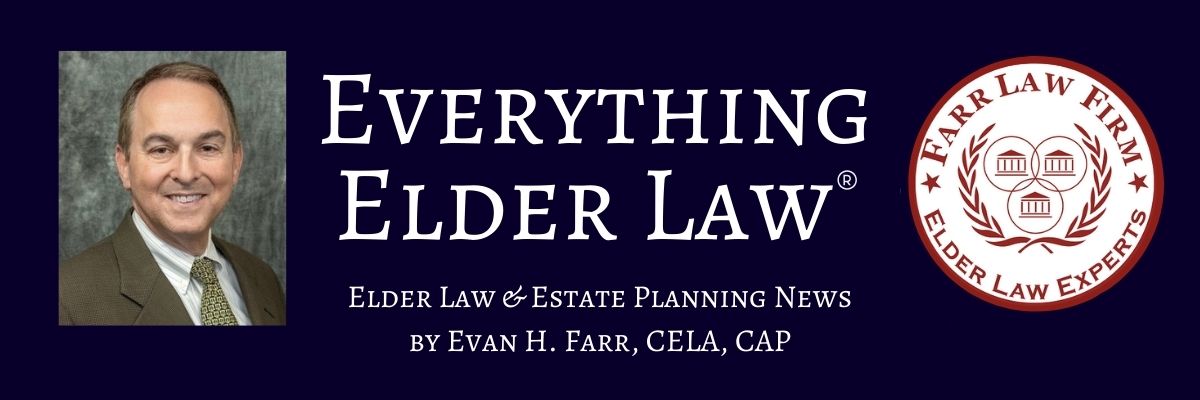 Q. As a veteran, my father used to have to wait weeks to see a VA doctor, and that doctor was more than 35 minutes away. I heard about the MISSION Act, where he will have access to community care and can find a doctor who is closer to his home, much faster than before. This doesn’t seem to be happening though. Do you know the status of this act and what is going on?
Q. As a veteran, my father used to have to wait weeks to see a VA doctor, and that doctor was more than 35 minutes away. I heard about the MISSION Act, where he will have access to community care and can find a doctor who is closer to his home, much faster than before. This doesn’t seem to be happening though. Do you know the status of this act and what is going on?
Also, my father is beginning to have issues with bathing, cooking, and transferring from his chair to his bed. I heard there are benefits to assist with this type of thing. Can you explain more about these benefits and how we can qualify? Thanks for your help!
A. In 2014, it was revealed that hundreds of thousands of veterans were waiting weeks, even months, for medical appointments at Department of Veterans Affairs (VA) health facilities. Additionally, VA employees across the country placed many veterans on secret waitlists to hide the department’s extensive wait times and some of those veterans even died while waiting to see a doctor. The situation certainly needed to be fixed!
Four years later, the Maintaining Internal Systems and Strengthening Integrated Outside Networks (MISSION) Act was signed into law to ensure veterans could get access to timely care in closer proximity to their homes. Now, veterans who need to drive for at least 30 minutes to a government-operated veteran’s hospital — rather than 40 miles under old standards — can receive primary care and mental health services outside the department’s traditional system. A recent article in the New York Times questions whether it is really working and whether veterans are really getting the care the Trump administration is promising to them.
How the MISSION Act is Designed to Help Veterans
The MISSION Act gives veterans more choice over where they access their medical care, whether at a VA facility or from a provider in their community. Besides this access, major provisions of the law include:
• Care for Veterans: The MISSION Act combines multiple community care programs into one, supposedly less-confusing program. The law also requires the VA to establish new quality and access standards for care. These measures will simplify access to community care so veterans aren’t stuck waiting so long and driving so far.
• Expanded Caregiver Program: The MISSION Act is scheduled to phase-in access to the VA Caregiver’s Program to all veterans who have incurred serious injuries while serving in the active duty military, not just those serving since September 11, 2001.
• Management of the VA: The MISSION Act requires that the VA review the current distribution and utilization of its medical center and clinics to determine whether or not they are properly positioned and structured to serve the veteran population. This will allow the VA to put its assets and resources in the locations that will benefit veterans most.
Learn more by reading this MISSION Act fact sheet.
MISSION Act Successes
There have been some successes so far, since the program’s implementation commenced in June. For instance, the percentage of veterans now eligible for what is being referred to as “community care” is currently 8% of the seven million treated annually. This is projected to rise to 20 – 30% under the new standards in the Mission Act, according to VA officials.
The switch to community care for enrollees in the program for veterans was the biggest shift in American health care since the passage of the Affordable Care Act under President Obama, potentially moving tens of thousands from government services to private care.
The company managing the new program (Optum Public Sector Solutions) claim that they are “committed to ensuring our nation’s veterans can access the quality care they need, when and where they need it.”
MISSION Act Challenges
According to The New York Times, the MISSION Act is struggling to make its network of doctors as large as required to meet an aggressive expansion of care outside the Department of Veterans Affairs health facilities. Optum said it would probably need an estimated $75 million more dollars to meet the plan’s coverage goals.
In addition, veterans have long sought options for healthcare in rural areas far from the hospital centers. However, those are also areas lacking in community-based health care providers, and that is where Optum is said to be most challenged, both in terms of doctors and the urgent care clinics that are also part of the new options for veterans who want to go outside the traditional network. When officials from the VA came to Capitol Hill several weeks ago to discuss the MISSION Act and its progress, it became clear that Optum did not have enough providers in the right locations.
Timing for the MISSION Act
The MISSION Act began rolling out in June of 2019, and a complete rollout is expected by 2020, according to the VA. We will continue to keep you updated on the MISSION Act and its progress.
Qualifying for the Veteran’s Aid and Attendance Benefit and/or Medicaid
The Aid and Attendance benefit is a monetary benefit that helps eligible veterans and their surviving spouses to pay for unreimbursed medical expenses. Aid and Attendance is an incredibly valuable program for those veterans who need assistance with the activities of daily living, such as bathing, dressing, transferring, and toileting, among others. In 2019, qualifying veterans and their spouses could be eligible for a VA Pension of over $2,230 per month to help cover the costs of elder care assistance.
Here at the Farr Law Firm, we work with veterans and their spouses to evaluate whether they qualify or may potentially qualify for Aid and Attendance and/or Medicaid in the future, and we deal with all the paperwork. As a Certified Elder Law Attorney and an Accredited Attorney with the U.S. Dept. of Veterans Affairs, I understand both the Aid and Attendance Benefit and the Medicaid program and the interaction between both entitlement programs — and this interaction between the programs is of crucial importance because most veterans who start off needing Aid and Attendance will eventually need Medicaid. This is why all asset protection planning that is done to make a veteran eligible for Aid and Attendance must take future Medicaid benefits into account. Please call us at any time to make an appointment for an initial consultation:
Aid and Attendance Attorney Fairfax: 703-691-1888
Aid and Attendance Attorney Fredericksburg: 540-479-1435
Aid and Attendance Attorney Rockville: 301-519-8041
Veteran’s Aid and Attendance Attorney Washington, DC: 202-587-2797
















Leave a comment
You must be logged in to post a comment.